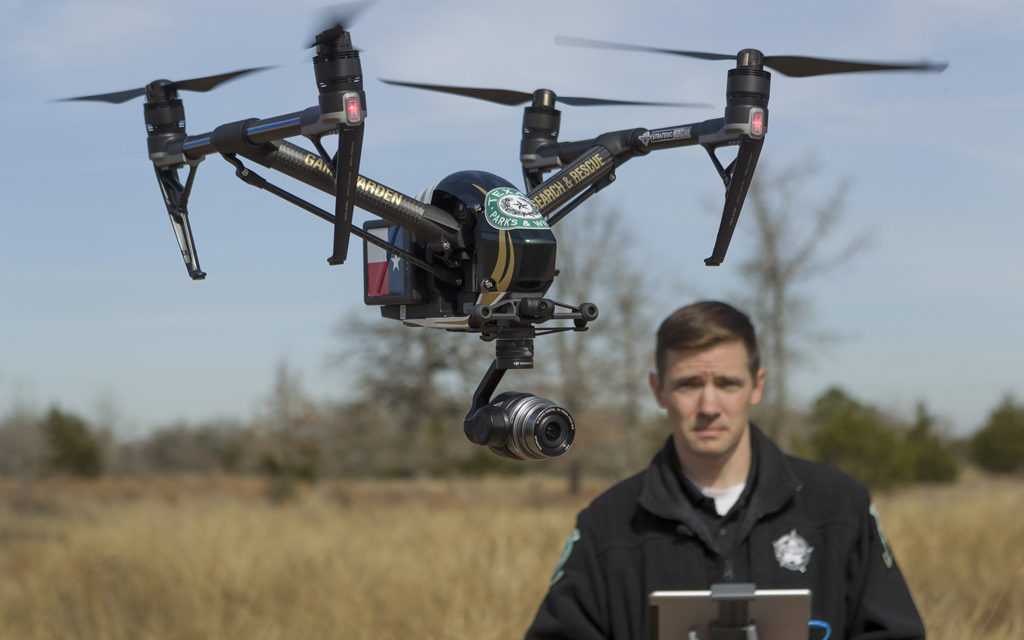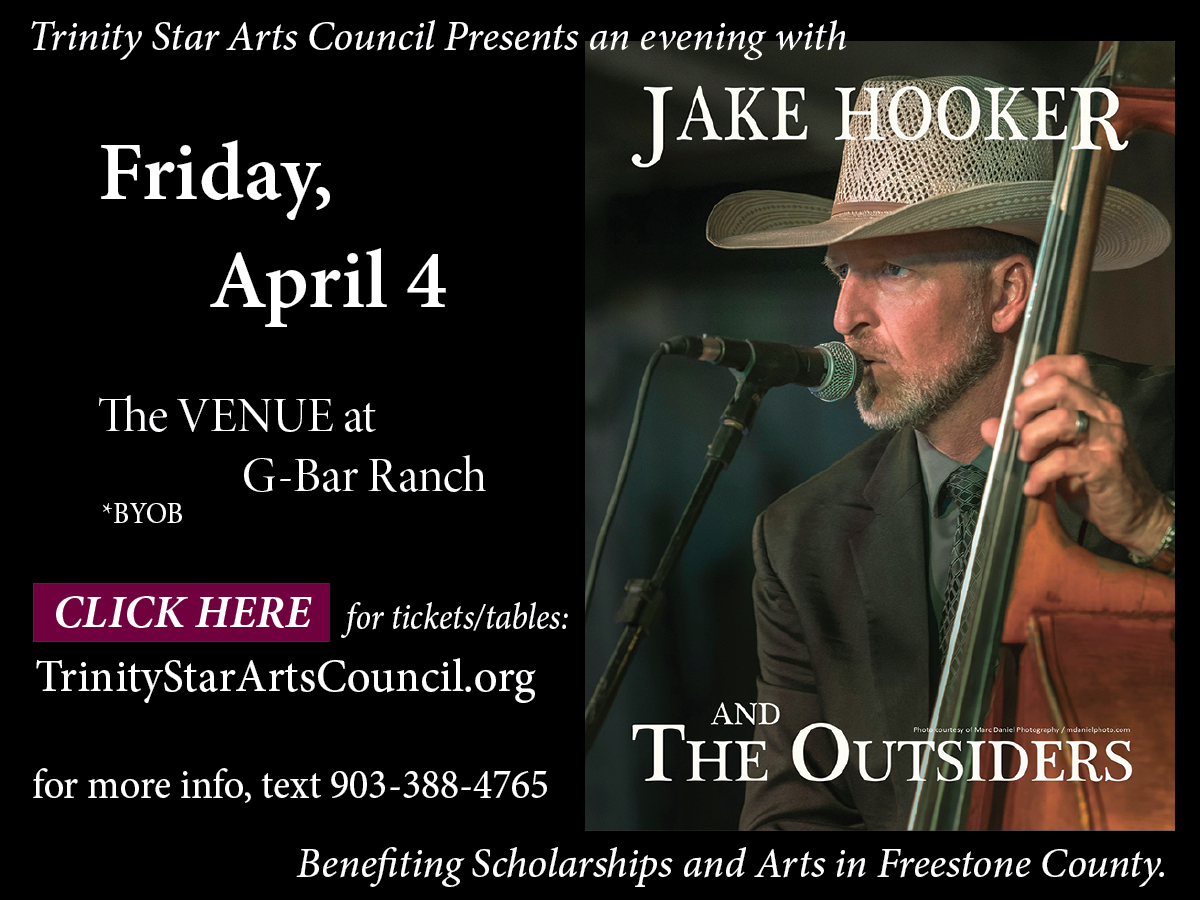by John Jefferson
Drones have become more popular the past few years, and new uses are arising almost daily. Some might be legal; some might not. And, it’s often easier to get into trouble than to get out of it.
One new legal use was Texas Parks and Wildlife Department (TPWD) adding a drone to game wardens search and rescue operations.
That’s a good. Think about it: A lot of search and rescue missions take place during inclement weather. Remember Hurricane Harvey? Game wardens were pressed into duty in southeast Texas before the storm subsided. Fixed-wing aircraft and helicopters were unable to fly during the turbulent weather.
“During those times,” game warden pilot Lt. Brandon Rose said, “this craft (drone) could be the difference maker in getting help and saving lives.” An unmanned aircraft, just as in combat, can gather intelligence in remote and often dangerous locales without endangering wardens.
Wardens are also at high risk in swift water operations. Just a couple of years ago, a warden drowned in a flooded stream while searching for a body. A drone could have possibly done the searching and kept the warden off the water.
Another new use is having a drone take a baited fishhook and line out beyond the waves for a fisherman on the beach, and releasing it. Before drones came along, fishermen either paddled a small boat out to drop the line, or attempted an Olympic-length cast to reach calmer water. Many casts fell short. The drones do it quickly and safely.
A state and a federal warden I contacted both said the practice did not seem to violate state or federal laws.
Drones are considered to be legally the same as helicopters, though, and fishing by helicopter is illegal, so this is questionable. But it sure seems safer than paddling a small boat through rough surf.
Then, I wondered if drone scouting for wounded deer would be legal. State game warden Lt. Ellis Powell said no. The logic seems to be if you are looking for a wounded deer, you’re “hunting” it, and hunting by helicopter is illegal, except for hunting hogs and coyotes with the required TPWD permit.
The legal definition of “hunt” means to “capture, trap, take, or kill or attempt to capture, trap, take, or kill.” So, it sounds like it would be illegal.
An argument could be made, though, that since hunting deer with dogs is illegal, unless the hunter is a county where it is permitted if the deer is wounded and leaving a blood trail, why couldn’t a similar exception be made for drone scouting? After all, hunters are required to make every effort to find wounded deer to prevent “waste of game”, and end a deer’s unnecessary suffering.
This would require changing the law, and that takes time, effort and education. Technology changes rapidly. At one time, some probably opposed using telescopic sights on deer rifles. Others objected to shooting doe deer.
The times are changing. Perhaps the law should, too.
JJ
DEPLOYING THE TPWD’S NEW UNMANNED Aircraft System is Lt. Game Warden Pilot Brandon Rose. (TPWD Photo/Earl Nottingham)






